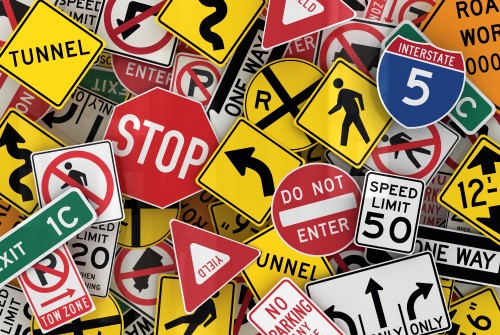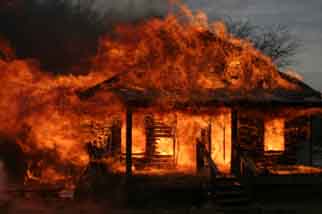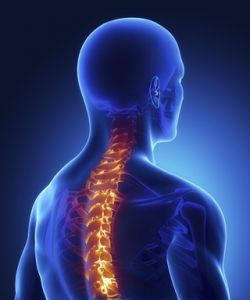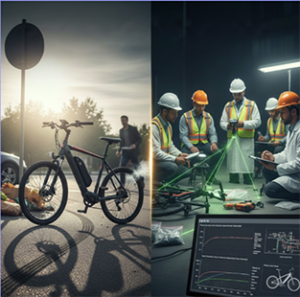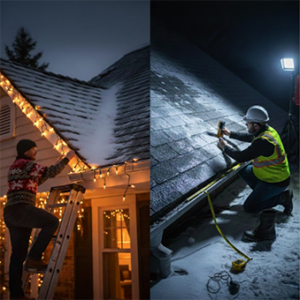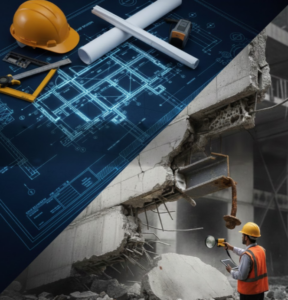You’re investigating a fire. Maybe you need to find someone who understands the workings of the D.O.T. Why? If there’s a motor vehicle accident involving a newly installed guard rail, seeking out the assistance of a civil engineer familiar with road construction and the DOT would make sense, but why would you ever need this same engineer’s expertise and assistance for fires, or trip and falls or pedestrian accidents? 3,980,817 miles. That’s how many miles of road there are in the United States. Most Americans are on or only a number of feet from a road at all times, day or night. Therefore, most accidents happen with close proximity of a road.
Property damage and fires – What are some of the major causes of property damage? Water lines, electrical lines and gas lines. How do those utility lines get to a property? Under, around and over roads. Road construction and road maintenance can adversely affect these utilities causing immediate damage to adjacent properties or compromising the integrity of these utility lines in such a way that their degradation causes issues to nearby property in the future.
Sometimes it may be obvious. If you are investigating a water damage claim and there’s road construction equipment right next to the property, and a big hole in the ground with water gushing out, causation would be fairly apparent. But what if that road construction equipment had been there the week before, or six months before, how would you know? Records. Departments of Transportation and Public Works departments keep phenomenal records. But, you have to know what to ask for and whom to ask for it from. That’s why civil engineers with road construction experience are so valuable. If you know who to ask and what to ask for, you can determine what work was done, who did the work, who authorized it, who inspected it, who was responsible for maintaining it and how often it should be maintained. This can be critical information when trying to determine causation.
Slip & Falls and Trip & Falls – A very large percentage of these accidents occur in parking lots and/or involve curbs. Once again, a civil engineers expertise can be invaluable. Parking lots have specific design and maintenance requirements. All curbs are not created equal. They have different shapes and dimensions depending on their usage. There are Electrical boxes and manhole covers in parking lots that are often in areas of focus with regards to trips and slips. Were these located correctly? Who is responsible for maintaining them? Is any remedial repair and any surface elevation adjustments around them up to code? These are all questions for a civil engineer. Since parking lots are near roads they often are under some public jurisdiction and therefore very detailed records exist, if you know how to access them. You can determine the scope of work for previous or current projects.


Motor Vehicle Accidents – If you’re investigating a motor vehicle accident, clearly, an accident reconstructionist may be required but what about a civil engineer? Most accidents occur at intersections. Was signaling an issue? Where the red lights and green lights and arrows and flashing yellows all in synch and their cycle performance as intended? What about the signage. Were the correct traffic signs being used? Were they in the correct location? Where they the right size for that roadway? There are manuals for roadway signs, there a tables upon tables to determine the correct traffic signaling for specific intersections. A civil engineer with road construction experience can determine if the correct signage and signaling was in place and whose responsibility it was. Were state, city or even railroad authorities responsible for its placement.
For more information on CED experts please contact one of our case managers at casemanager@cedtechnologies.com This e-mail address is being protected from spambots. You need JavaScript enabled to view it or on the web at www.cedtechnologies.com.
Featured Engineer: George Mayforth, Jr., P.E.
